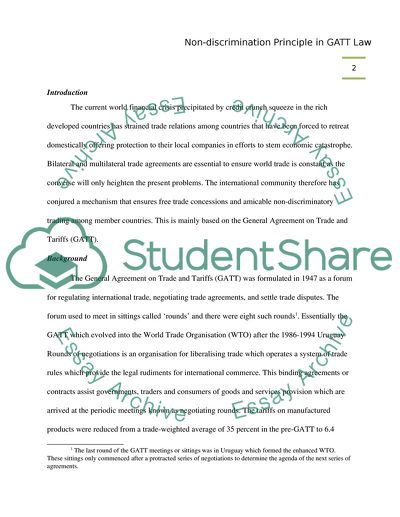Cite this document
(Non-discrimination Principle in GATT Law Research Paper, n.d.)
Non-discrimination Principle in GATT Law Research Paper. Retrieved from https://studentshare.org/finance-accounting/1723283-non-discrimination-is-a-cornerstone-of-gatt-law-discuss-this-statement
Non-discrimination Principle in GATT Law Research Paper. Retrieved from https://studentshare.org/finance-accounting/1723283-non-discrimination-is-a-cornerstone-of-gatt-law-discuss-this-statement
(Non-Discrimination Principle in GATT Law Research Paper)
Non-Discrimination Principle in GATT Law Research Paper. https://studentshare.org/finance-accounting/1723283-non-discrimination-is-a-cornerstone-of-gatt-law-discuss-this-statement.
Non-Discrimination Principle in GATT Law Research Paper. https://studentshare.org/finance-accounting/1723283-non-discrimination-is-a-cornerstone-of-gatt-law-discuss-this-statement.
“Non-Discrimination Principle in GATT Law Research Paper”, n.d. https://studentshare.org/finance-accounting/1723283-non-discrimination-is-a-cornerstone-of-gatt-law-discuss-this-statement.


